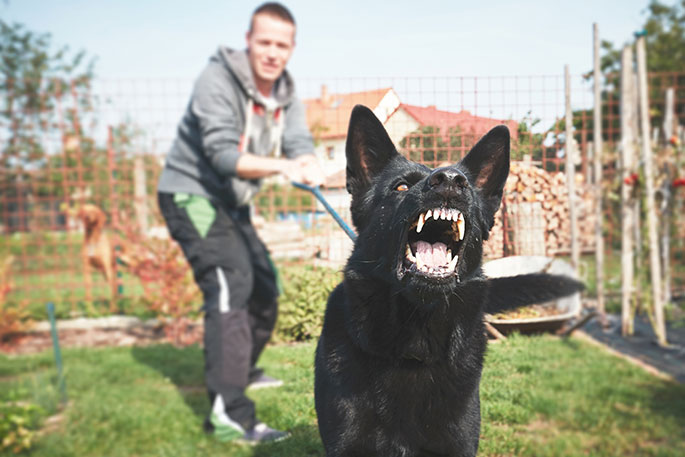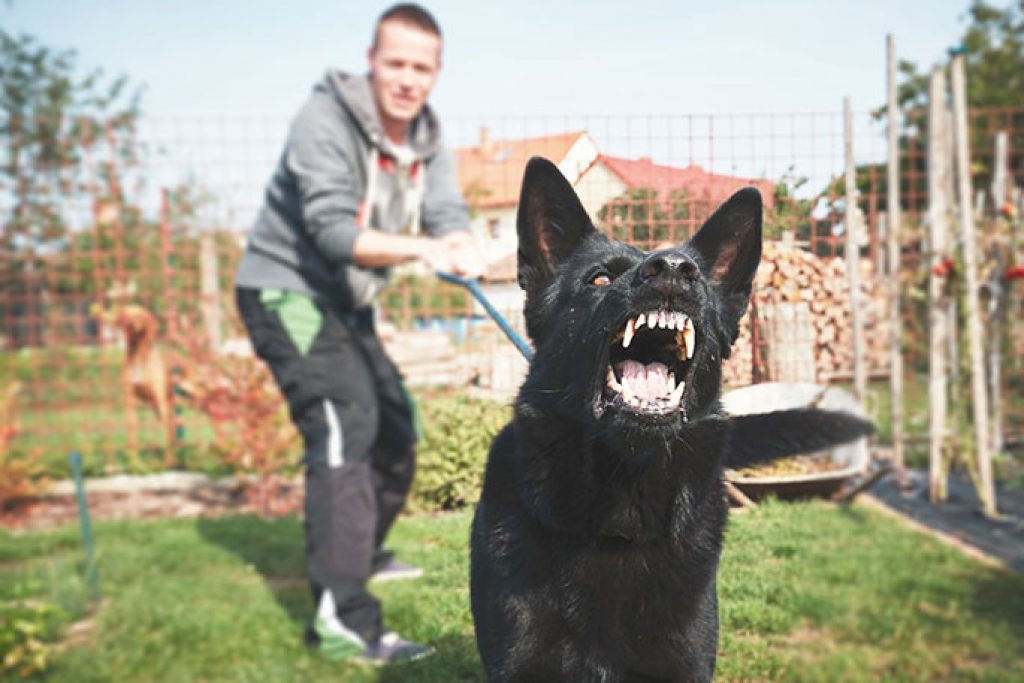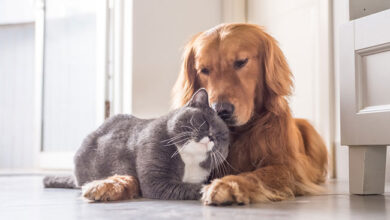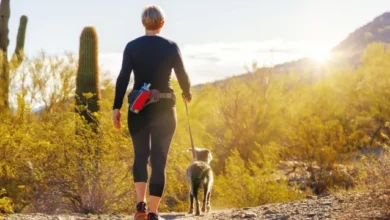
Few things are as scary as a snarling dog, especially in larger breeds. As a matter of fact, aggression tends to be a learned behavior, and fortunately, it can typically be unlearned. Dogs become aggressive due to fear or poor socialization, and not because they are “bad dogs.”

Read More:
- Preventing Dog Bites | How You can Calm Your Aggressive Dog
- Common Dog Behavior Problems and What You Can Do?
- Most Common Causes for Shih Tzu Aggression
- How to Handle a Dog Emergency During COVID-19
- Training Your Pet on Wireless pet Fences
Aggression is more dangerous in larger dogs, but can be an issue in smaller dogs as well. With calm supervision and the right precautions, a dog can be trained to be less aggressive. If you feel you need support for training your aggressive dog, turning to the professional dog trainers at HnH Dog can help. This makes the process more effective and less stressful.
However, if you’ve decided to train the dog yourself, there are a number of things to keep in mind that will smooth out the process.
Types of Aggression
Dogs can develop a wide variety of aggressive behaviors.
The most common is territorial behavior. We’ve all seen that neighborhood dog that flies to the fence, snapping and snarling, as soon as someone treads on their precious lawn.
Resource guarding is another common form of aggression, and may occur when a dog feels their food source or favorite toy are in threat of being stolen. Dogs are also famously protective of their owners, but may act aggressively even towards non-threatening strangers.
Fear or discomfort are another source of aggressive behavior, and may stem from a traumatic event. If your dog was kicked by a man wearing black shoes, they may snap at anyone they come across in black shoes.
Dogs raised in isolation may also be aggressive around children or other animals.
Lastly, pain can cause dogs to become aggressive unexpectedly.
Know the Warning Signs
Initially, dogs will respond to uncomfortable situations by growling or snapping rather than attacking. These warning signs, if left unchecked, can lead to an attack. A dog under stress may exhibit the following body language:
- Rigid posture
- Raised fur
- Retreating or cowering
- Averting gaze or showing the whites of their eyes
- Tucking their tail, or wagging it with rigid body posture
- Lip licking or yawning
These are some signs that a dog is uncomfortable with the situation around them. Paying attention to what causes your dog stress can help you better address potentially aggressive behavior.
Recondition Bad Behavior
Dogs are pack animals, and in order to train them properly, you need to make sure they see you as the alpha. You can establish dominance by preventing them from claiming the bed as a sleeping spot, feeding them after you have eaten, and maintaining control over their toys (when the toy goes away, play time is over). This is especially important for physically powerful breeds and will help you better control them in stressful situations.
If a dog is still overtly aggressive, make sure to keep them properly leashed and muzzled when around others. If you have identified what situations cause stress to your dog, you can condition them to respond positively to them and reward them with treats. For example, begin far from the stressor, such as another dog, and give them treats or praise if they do not growl or snap. Gradually decrease distance, using positive reinforcement to change their negative association with the stressor.
Some owners use safety words or hand signals to better control their dog. If your dog breaks its leash to chase after another dog, you can call them back to you with a simple command, giving them time to calm down.
Don’t Treat Aggression with Aggression
If your dog snaps at a stranger or a child, some owners’ knee jerk reaction is to scold or punish the dog, even physically. This simply teaches them that aggression is an appropriate response in stressful situations. If you punish a dog for warning signs, it may bite you in self-defense, or potentially associate the punishment with the warning sign specifically. Next time, instead of growling, they will simply attack.
Consider Alternatives
If your dog continues to exhibit aggressive behavior, it could be a sign of an underlying medical condition. Contact your vet if you suspect this is the case. Similarly, try to limit exposing your dog to stressful situations, but if the stressor is unavoidable, training is the best option. That being said, if you have other pets or children and the dog poses a danger to them, it may be best to find that dog a more suitable home.
Conclusion
Dogs are primarily social animals, and have the unique ability to communicate their needs to us. If we as pet owners listen to what they need and establish a healthy relationship with them, we can keep our dogs feel safe, calm and comfortable.
Popular Post:



